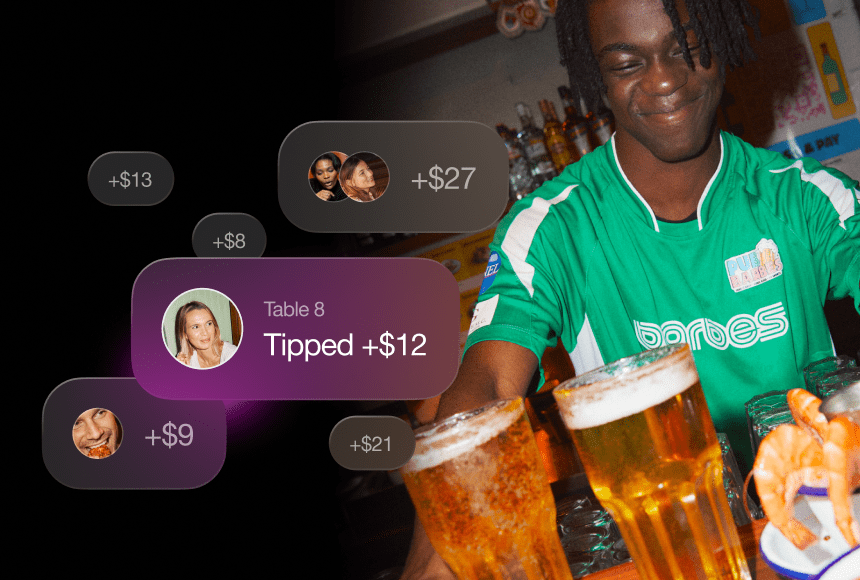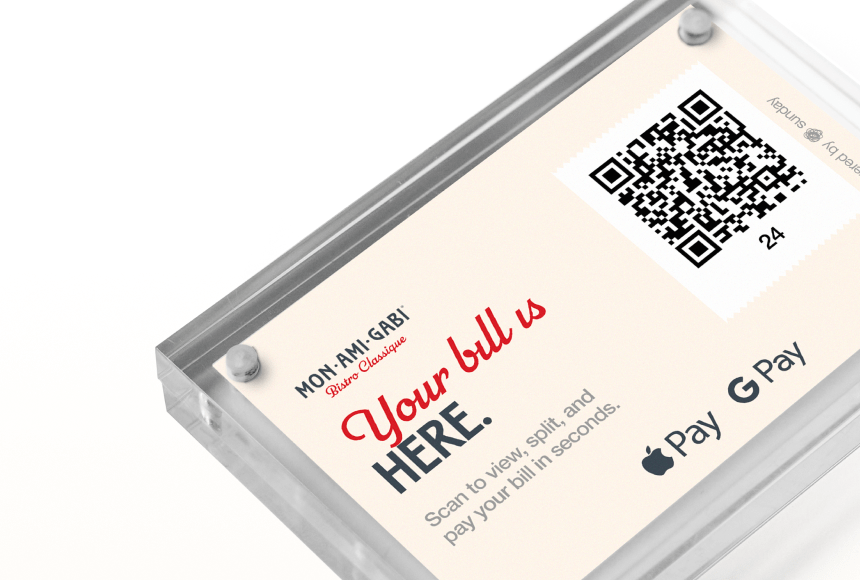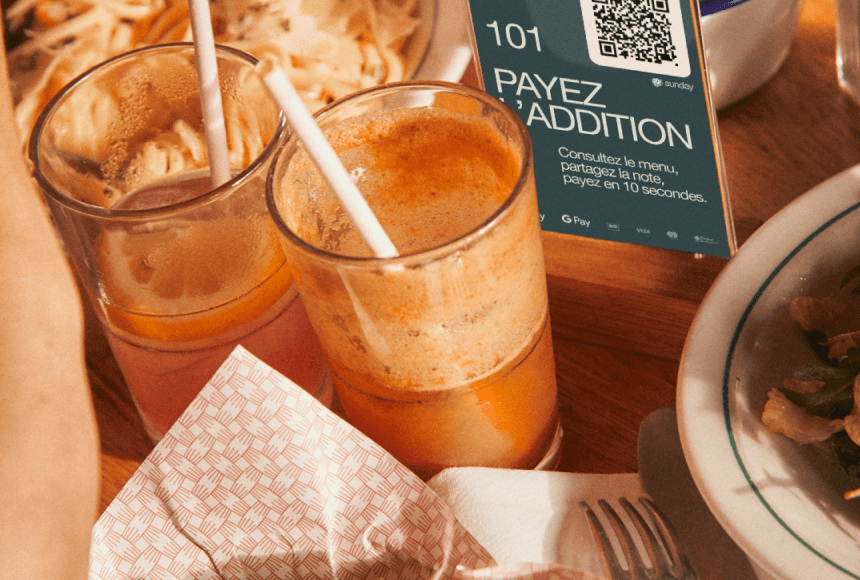
Embracing the Future of Gratuities
Why Tipping Is Evolving Faster Than Ever
When guests dine in your restaurant, they’re not just paying for a meal—they’re investing in an experience. And part of that experience is leaving a tip, a tradition that’s deeply rooted in hospitality culture. Yet, over the past few years, tipping practices have begun shifting. According to Restaurant Business Online, nearly half of US diners say they’ve changed how they tip since the pandemic (source). By 2025, that evolution is poised to accelerate even further, spurred by changing consumer habits, new technology, and a growing desire for transparency.
So what can restaurant owners expect? This article dives into the emerging tipping trends likely to dominate in the next couple of years. We’ll explore everything from digital transactions and tip pooling to the rise of service-inclusive pricing models. If you’re a restaurant manager looking to stay ahead, consider these patterns when shaping your establishment’s gratuity policy—and overall dining experience.
1. A Surge in Digital Tipping Adoption
The Trend: As touch-free and cashless payments become routine, more guests will opt to tip through digital methods. Whether it’s scanning a QR code on the table or tapping “Add Tip” in an app, the concept of handing over physical bills is quickly becoming less common.
- Why It Matters: Cash is cumbersome. Digital solutions let diners quickly add a tip with a simple click or tap, streamlining the checkout process and often encouraging higher gratuities. According to the National Restaurant Association, contactless payments rose by 40% in 2022, a figure projected to keep climbing (source).
- How to Embrace It: Equip your restaurant with a platform—like sunday—that integrates tip collection into the digital payment flow. Ensure your POS syncs with these tips automatically to minimize end-of-shift hassles.
As younger, tech-savvy diners become the primary customer base, offering digital tipping will be less of a novelty and more of a necessity.
2. Transparent Tip Pooling for All Staff
The Trend: Instead of servers keeping their individual take, tip pools that include back-of-house teams are on the rise. By 2025, expect an even broader embrace of pooling among both chain and independent establishments. The driving forces? A push for equity, a reduction in disputes, and the simplicity of automated tip distribution.
- Why It Matters: Many restaurants now realize that the kitchen’s contribution is just as vital to the guest experience as the server’s. Tip pooling fosters team spirit, as everyone works toward a common goal—impressing the guest.
- How to Embrace It: Set clear rules. Decide if you’ll allocate tips by role, hours worked, or a fixed percentage. Automate the process using a digital system so employees can see how tips were allocated without suspicion or confusion.
By treating tipping as a communal reward, you create a culture where front and back of house collaborate more closely—and the entire guest experience improves.
3. Service-Inclusive Pricing Gains Ground
The Trend: Tired of dealing with inconsistent tipping, some restaurants are experimenting with service-inclusive pricing—essentially building gratuities into menu costs. By 2025, more high-profile spots may shift toward this model, either partially or entirely, to ensure stable wages for their teams.
Why It Matters: These restaurants want to pay staff a predictable salary while sidestepping the uncertainties of tip-based income. Some believe it redefines the relationship between diner and server, removing guesswork about gratuities.
How to Embrace It:
- Test the waters: If going fully tipless sounds risky, consider partial experiments—such as adding a small service fee to large parties or weekend brunches, then rolling that fee into wages.
- Communicate clearly: Guests might be confused or uncomfortable if they don’t see a tip line. Offer an explanation on your menu or a note from the staff, so they know that service is “included.”
Whether this model takes off at scale remains uncertain, but it’s a conversation more owners will likely be having as wage structures evolve nationwide.
4. Personalized Tip Suggestions
The Trend: We’ve all seen the screens prompting 15%, 18%, or 20%. By 2025, these predefined suggestions will become even more refined—and perhaps more tailored to each diner’s preferences or order size.
- Why It Matters: Data shows that offering preset tip options can increase average gratuities because guests tend to pick one of the suggested amounts. Coupled with a user-friendly interface, this can significantly boost staff earnings.
- How to Embrace It: Work with a platform that allows you to test different preset thresholds (like 18%, 22%, 25%) and track the outcomes. Gradually calibrate them based on feedback and sales data.
As technology gets smarter, anticipate tip prompts that factor in party size, time spent at the table, or even diner loyalty status—making tipping feel more personalized, yet still effortless for the guest.
5. Real-Time Tracking for Staff Motivation
The Trend: Employees—especially servers—thrive on immediate feedback. Seeing real-time tip tallies can motivate them to keep pushing for excellence during a shift, rather than waiting until the end of the night to find out how they did.
- Why It Matters: This sense of instant gratification keeps staff energy high, particularly in busy stretches. And it fosters accountability—if a server sees they’re lagging in tips, they might adjust their approach mid-shift.
- How to Embrace It: Provide a digital portal (or even a tablet in the break room) where servers can log in to view tips. Make sure you maintain transparency without encouraging unhealthy competition among staff.
Coupled with consistent feedback from management, real-time tip tracking can help staff self-reflect on their performance, striving to offer top-notch service to every table.
6. Tipping for Takeout and Delivery
The Trend: The pandemic pushed more people to order takeout or opt for delivery, and the habit has stuck around. Now, many guests wonder about tipping for those services just as they do for traditional table service. By 2025, tipping for off-premise orders will become the norm in most major markets.
Why It Matters: Staff who handle or prepare these orders often rely on tips to round out wages. If your restaurant’s brand is associated with great takeout, streamlining digital tips ensures employees behind the scenes—like your dedicated takeout coordinator—are recognized.
How to Embrace It:
- Integrated checkout pages: Whenever a customer places an online order or pays at pickup, give them a quick tip prompt. Make it unobtrusive but noticeable.
- Clarify distribution: If you pool tips among both front-of-house and takeout staff, mention that somewhere. Customers want to feel confident their money goes where it’s intended.
From curbside pickup to third-party delivery, ensuring a straightforward digital tip step can increase staff buy-in to off-premise sales and maintain morale.
7. Cross-Platform Capability
The Trend: By 2025, tipping won’t only happen at your POS or on a website. It might occur on social media platforms, aggregator apps, or even after the fact if a guest feels they didn’t have time to tip on-site.
- Why It Matters: Expanding how diners can tip helps you capture gratuities you might otherwise miss—like those from a large event or special catering order that’s settled remotely.
- How to Embrace It: Seek out solutions that connect with multiple payment or communication channels. For instance, if a loyal customer can tip via a link sent in a follow-up text, you’re removing friction from them showing appreciation for excellent service.
This approach meets customers wherever they are, letting them express gratitude on their own terms. While still niche, it’s an area that could grow fast as omnichannel experiences become the norm.
8. Gamification and Tip Incentives
The Trend: If employees can watch their tip metrics in real time, why not make it more fun? Some restaurants will begin to experiment with gamification—like awarding badges for certain tip milestones or creating friendly competitions among servers.
- Why It Matters: While competition can be tricky, a lighthearted approach might encourage staff to up their game. That said, you’ll want to ensure it doesn’t undermine teamwork or lead to pushy upselling.
- How to Embrace It: Offer small rewards or kudos for surpassing certain tip thresholds, or for consistently excellent feedback. Keep it positive and ensure the system is fair, taking into account shift lengths and table counts.
Done right, it keeps morale high and underscores that great service is a tangible skill with real rewards—beyond just the day’s paycheck.
9. Greater Transparency for Customers
The Trend: Expect a continued focus on clarity—diners want to understand exactly where their tip goes and how it supports the staff. If they see a “service fee” on the bill, they’ll want to know if it’s truly going to the team or just an extra charge for the house.
- Why It Matters: Opaque fees can lead to frustration and potentially negative reviews. Being upfront about tipping policies enhances trust and can justify higher average checks if guests see genuine value.
- How to Embrace It: Use table signs, digital payment screens, or your menu to briefly explain your restaurant’s policy—like “We share all tips among servers, bartenders, and kitchen staff.” Clear communication fosters goodwill.
At a time when consumer scrutiny is high, it’s best to be an open book about how you handle gratuities, ensuring no one feels nickel-and-dimed.
10. Balancing Traditional Practices with Innovation
The Trend: While these changes loom large, not every market or demographic shifts at the same speed. By 2025, you’ll see a wide spectrum: some restaurants will fully adopt digital or inclusive models, while others maintain a more classic approach. The real challenge is finding a balance that respects tradition but embraces beneficial modern tools.
Why It Matters: For some loyal regulars—especially older guests—counting out cash or writing a tip on a paper slip might feel comfortable. The goal is to make sure they’re not alienated by a “digital-only” policy if they still prefer a more old-school style. Meanwhile, the younger crowd might actively seek out tech-savvy experiences.
How to Embrace It:
- Provide both options: Keep a line on the receipt for a manual tip if guests really want it, but encourage your staff to highlight the convenience of scanning a QR code or using an app.
- Train your team: They should be able to walk first-timers through how to add a tip digitally, quickly and confidently.
Ultimately, offering multiple pathways ensures you remain inclusive while guiding your business into the future.
A Closing Thought on Tipping Trends
The next couple of years promise significant shifts in how restaurants approach tips. It’s not just about being up-to-date for the sake of novelty; it’s about offering a frictionless, equitable experience that benefits guests, staff, and managers alike. Digital methods minimize confusion, open doors for innovation, and can even raise average gratuities—helping you stay competitive in an industry where every dollar (and every minute) counts.
As you assess your approach to tips, consider these 2025 trends less as distant predictions and more as stepping stones you can start adopting right now. Whether you integrate a fully digital system, test a partial service-inclusive model, or enhance your tip prompts with clever design, each move pushes your operation toward a more streamlined and guest-friendly future. When customers leave feeling valued—and your team heads home confident in their earnings—it sets the stage for lasting success in a fast-evolving market.
Find out more today
Drop us your details below and we’ll reach out within the next 24h
More tips means a better service.
More tips mean better guest-experience, and better staff-retention.




